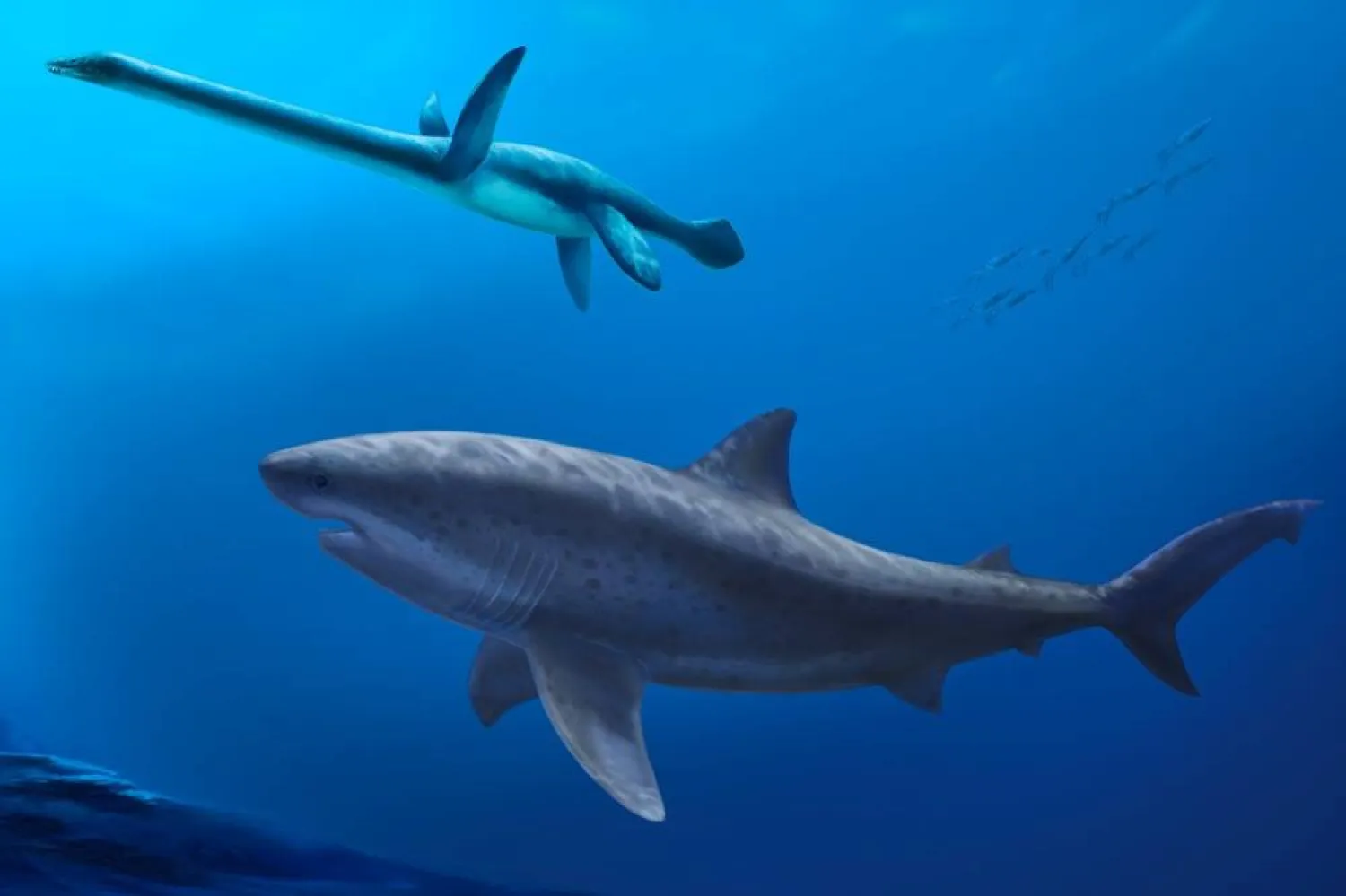The drama “El Nar Bel Nar”, screened on LBC and Shahid platform, is leading the trend on social media. Since its first episodes, it lured the audience for exposing a real struggle that affects the Lebanese and Syrians alike. Its fifth episode, which included a racist dispute between stars Caresse Bashar and Georges Khabbaz, sparked a huge debate on social media.
The episode featured a scene that highlighted the tension between the two sides, and turned the series into a headline overnight. Views were divided, some saw that the drama is sparking racism between the Syrian and Lebanese people, while others said it exposes a bitter reality that must be accepted.
Sadek Sabbah, owner and chairman of Al Sabbah Group, the production company behind “El Nar Bel Nar”, told Asharq Al-Awsat that he expected this hustle, noting that drama, which is supposed to be a reflection of the society, must play this role.
“In this series, we have drawn an accurate picture of a reality that we live, and it’s too soon to judge the work. As of the 20th episode, there will be many developments with deep and honest messages,” he added.
Sabbah believes that the series highlights facts that cannot be overlooked, and “people who see otherwise shall tell us.”
During the interview, Sabbah noted that racism between the Lebanese and Syrian people and all its implications can be seen between many neighboring countries. “The same situation could apply to the French and Belgians, or the Mexicans and Americans. We didn’t mean to offend anyone, all we wanted to do is to highlight facts. The right answers will emerge in the last episodes,” he said.
Director Mohammed Abdelaziz agrees with the producer, noting that we should admit our mistakes loudly, and wounds would never heal without dialogue.
“The work in balanced and diga deep in a sensitive topic for the two sides. This sensitivity is not nascent, its roots date back to the past,” he told Asharq Al-Awsat.
“El Nar Bel Nar” is written by Rami Koussa, and starred by many Syrian and Lebanese stars including Abed Fahd, Caresse Bashar, Georges Khabbaz, Tony Issa, Zeina Makki, Tarek Tamim, and Sacha Dahdouh.
Abdelaziz sees “El Nar Bel Nar” as an unavoidable dramatic step, saying that “we didn’t mean to offend the Syrian or Lebanese people, or spark racism. In my opinion, the audience should wait till the end of the series before judging.”
For the first time, the Syrian-Lebanese partnership in drama takes a different direction with “El Nar Bel Nar”.
The director wasn’t surprised by the fanfare surrounding the work, noting that “we already knew that the series will invite divergent reactions, and that the audience will express their mind on social media. I personally saw that the spectators supporting the work are far more that those opposing it. Both the Syrian and Lebanese people deserve to open up because many huge mistakes were committed. Today, with the displacement of over one million Syrian refugees to Lebanon, the past tensions are back and looming.”
Abdelaziz believes that it is time to discuss these mistakes and start an honest dialogue between the two people. “We didn’t make this work to provoke Syrians of Lebanese, but to urge them to discuss these matters. Whether we like it or not, the two countries are historically and geographically connected. The solution of the Syrian crisis should not be at the expense of the Lebanese people. Lebanon is a small country that lives heavy crises, and the Syrian asylum has only aggravated it,” he explained.
Abdelaziz confirms that the coming episodes includes major shifts and turning points that will change the path of the events. “The humanitarian scenery will erase the ugly one. Lebanon, this small country has been coping with two million refugees. The mistakes are many and we have to admit them, which will lay the ground for a healthy relationship between the two peoples,” he concluded.









